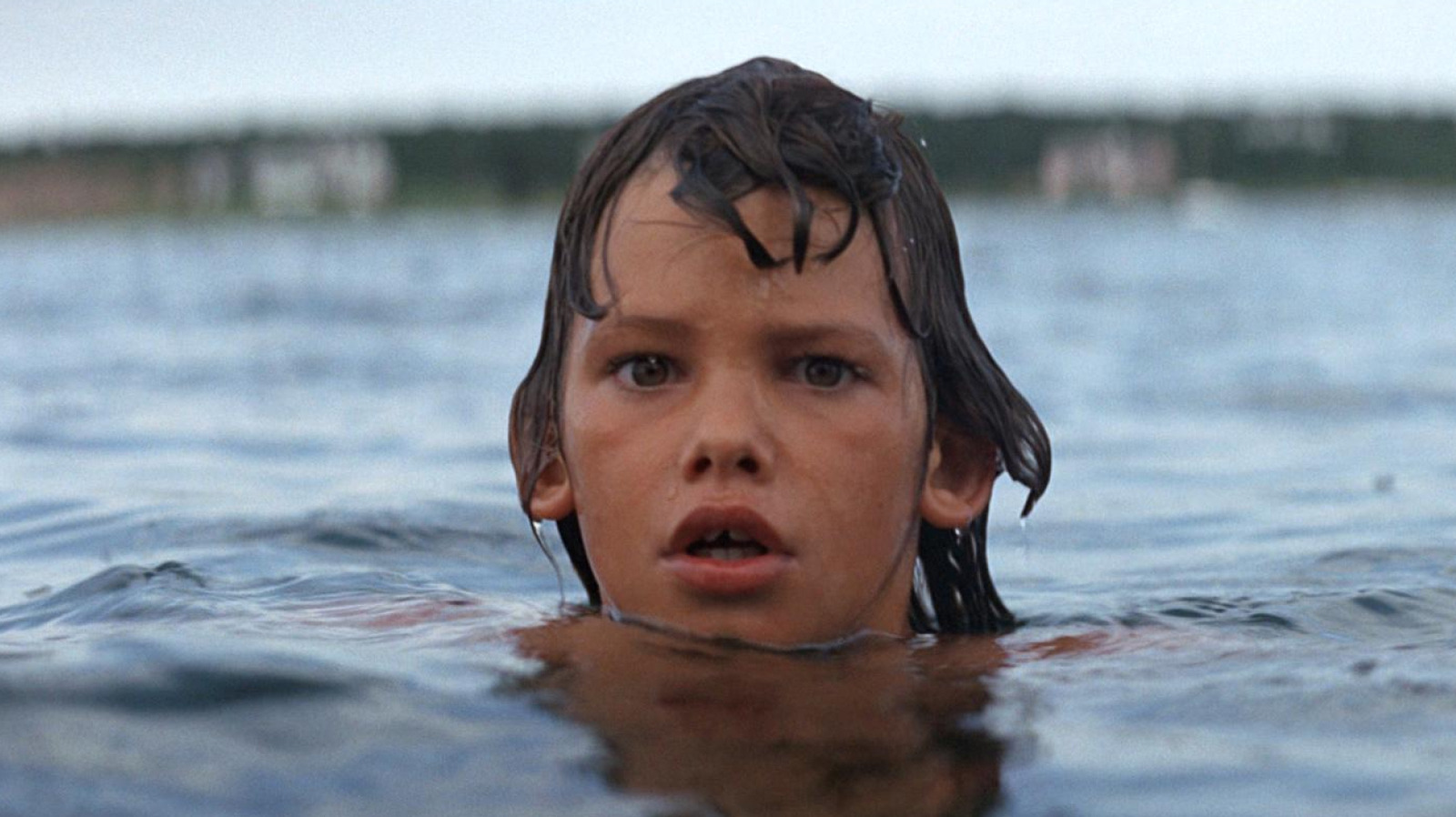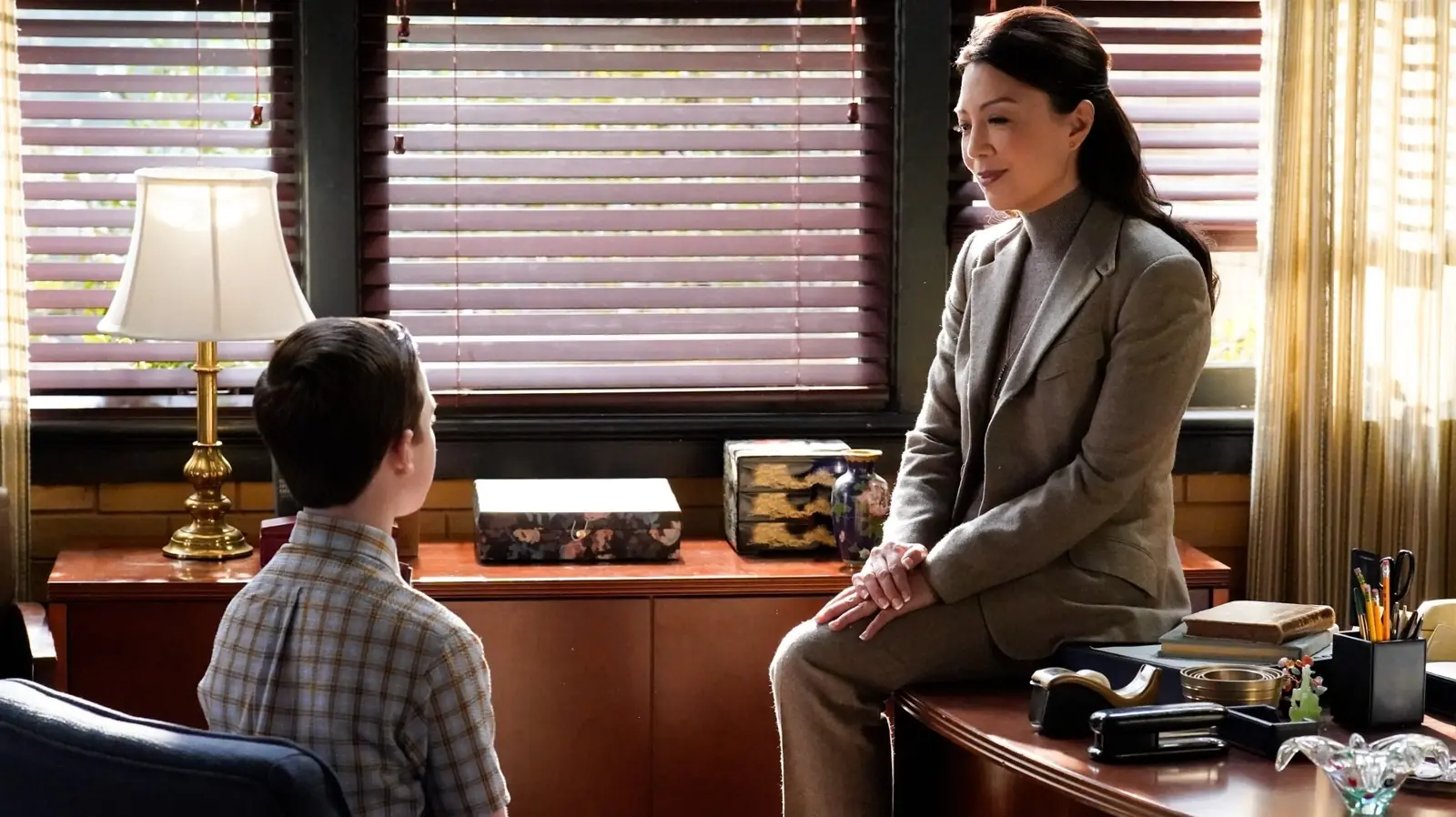The 50th anniversary of “Jaws” serves as a poignant reminder of the film’s legendary status in cinematic history. While many have grown up with the haunting image of the shark coursing through the waters, not everyone has had the opportunity to experience Steven Spielberg’s masterpiece firsthand. Marking this milestone, I took the plunge into the waters of Amity Island to see what makes this film a lasting piece of art.
“Jaws” is one of those films that almost everyone seems to know, yet not everyone may have actually seen entirely from start to finish. As a first-time viewer of this 1975 classic, the anticipation was as powerful as the film’s reputation. The movie’s simplicity in premise—a seaside town terrorized by a menacing great white shark—combined with its masterful execution, sets the stage for a gripping viewing experience.
From the opening scene, I understood why “Jaws” was considered a groundbreaking piece of cinema. The film begins with a chilling underwater perspective that immediately sets the tone for suspense. It doesn’t rely on elaborate special effects, which were a nascent technology at that time, but rather uses tightly structured storytelling and masterful direction to evoke fear. Spielberg’s choice to withhold the full spectacle of the shark until later in the film adds to the tension, allowing viewers to use their own imaginations to fill in the terrifying details.
One cannot discuss “Jaws” without acknowledging John Williams’ iconic score. Even before watching the movie, those two notes that signal impending doom—dun dun, dun dun—were already familiar. Williams’ score is synonymous with the film’s tension, amplifying each scene without overshadowing the narrative. It’s musical ingenuity—simple yet effective—that contributes immeasurably to the film’s atmosphere.
The plot unfolds with Martin Brody (played by Roy Scheider), the new chief of police of Amity Island, who faces the daunting challenge of confronting the threat to his community’s safety. Brody’s character is a relatable everyman, embodying the struggle between civic duty and personal fear. Scheider’s performance is understated yet powerful, grounding the fantastical elements of the plot in genuine human emotion. His portrayal helps maintain a balance within the film’s evolving tension.
Joining Brody are Matt Hooper, an oceanographer portrayed by Richard Dreyfuss, and the gruff sea captain, Quint, played by Robert Shaw. This trio embodies the varying perspectives and personalities needed to tackle the oceanic menace. Dreyfuss delivers a charismatic performance, providing a level of scientific skepticism and enthusiasm that contrasts neatly with Brody’s cautious nature. Shaw’s Quint offers a memorable portrayal of a sea-toughened shark hunter, and his monologue about the USS Indianapolis remains one of the film’s standout moments, seamlessly blending horror storytelling with historical context.
The dynamic between these three characters creates a layered narrative that keeps viewers invested beyond the imminent threat of the shark. Spielberg skillfully balances these interpersonal relationships with the external danger, ensuring that “Jaws” is as much about the human experience as it is about survival against a formidable natural threat. The film delves into themes of community, fear, and the primal instinct for survival, making it a commentary on human nature itself when faced with unforgiving and uncontrollable forces.
As the film progresses to its climax, the cinematography stands out, capturing both the stunning beauty and the lurking danger of the ocean. The camera work on the open sea creates a feeling of isolation and vulnerability that enhances the suspense. Spielberg’s use of water as a character—a birthplace of terror—demonstrates his distinct understanding of how to engage his audience, manipulating tension using the simplest of elements.
For a film released five decades ago, “Jaws” still holds up incredibly well, both as an adventure-thriller and as a technical achievement in filmmaking. Spielberg’s ability to use what limitations he had—like the notoriously difficult mechanical shark, affectionately known as “Bruce”—to his advantage speaks volumes about his ingenuity as a director. These technical challenges inadvertently contributed to the film’s success, teaching a valuable lesson in the power of suggestion and delayed gratification.
Reflecting on “Jaws” from the perspective of 2025, it is fascinating to consider the film’s legacy and its influence on modern cinema. It paved the way for the summer blockbuster era, demonstrating that a high-concept thriller could appeal to a broad audience. Its success has inspired countless films, yet few have managed to replicate its balance of character-driven storytelling and heart-stopping suspense.
My first viewing of “Jaws” was not simply watching a movie; it was an immersion into a piece of cultural history that continues to resonate. It reminds us of a time when cinema’s magic was in its power to evoke primal fears and deep-seated emotions using narrative simplicity and creative genius. Spielberg’s “Jaws” remains a timeless reminder of why stories of man versus nature continue to captivate our imaginations, cementing its place as a perennial classic that will likely inspire future generations of filmmakers and audiences alike.






